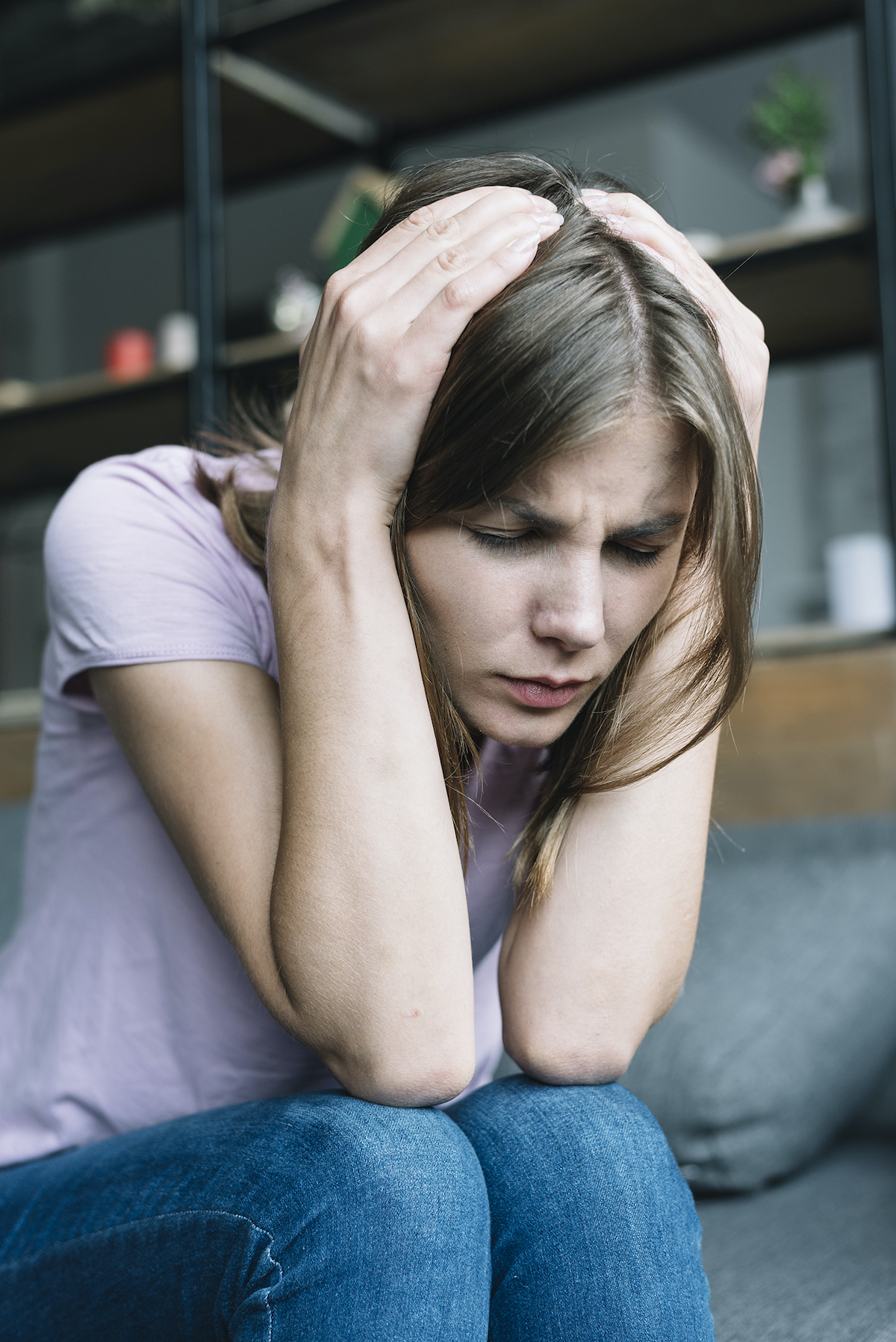Composting is a cost-effective, viable way to reduce trash and produce a beneficial product for gardening and landscaping
You been staying home for quite a while now, being a good health proctor for your family and community. Bored? Looking for a new project—something that you and your children can learn from, that also helps your environment? Try composting.
Compost is an eco-friendly way to grow a healthy and flourishing garden bed or landscape. Full of nutrients and rich organic materials, compost is often called “black gold” by gardeners for the many benefits it provides. One of the main advantages to compost, apart from the way it boosts plant growth and health, is that it is relatively low cost to produce.
Food scraps and other non-toxic materials that are left to break down naturally create compost. Backyard composting speeds up the natural process of decomposition. In optimal conditions, organic matter can decompose more quickly. Microorganisms like bacteria, fungi and actinomycetes account for most of the decomposition that takes place in a compost pile.
However, insects also can do their part to create compost. Such insects are referred to as “physical composters” because they break down materials by chewing, grinding and digesting them into smaller pieces. Bacteria create an oxidation process that heats up the compost pile and aids in its decomposition.
How to determine if items can be composted
Homeowners can create their own compost piles with just a few items. Some of the staples of composting include foods that normally would be discarded. Vegetable peels, fruit rinds, eggshells, coffee grounds, and the like can be put into a compost pile. Meats and poultry should not be placed in a compost pile because of the threat of harmful pathogens and bacteria.
All composting requires three basic ingredients:
Browns – This includes materials such as dead leaves, branches, and twigs.
Greens – This includes materials such as grass clippings, vegetable waste, fruit scraps, and coffee grounds.
Water – Having the right amount of water, greens, and browns is important for compost development.
Your compost pile should have an equal amount of browns to greens. You should also alternate layers of organic materials of different-sized particles. The brown materials provide carbon for your compost, the green materials provide nitrogen, and the water provides moisture to help break down the organic matter.
Other items that are not food-related also can be added to compost piles. It may be challenging to determine which ones are applicable. These products are usually considered safe:
paper plates with no coating
products made from bagasse, a fibrous matter that remains after sugarcane or
sorghum stalks are crushed
cardboard boxes
paper towels
wax paper
wax-covered paper cups
products certified as compostable by BPI
certified bio-plastics
Anything that is coated in plastic that is not a bio-plastic must go into the trash or be reused in another way.
Backyard Composting – a simple, inexpensive model:
Select a dry, shady spot near a water source for your compost pile or bin.
Add brown and green materials as they are collected, making sure larger pieces are chopped or shredded.
Moisten dry materials as they are added.
Once your compost pile is established, mix grass clippings and green waste into the pile and bury fruit and vegetable waste under 10 inches of compost material.
Optional: Cover top of compost with a tarp to keep it moist. When the material at the bottom is dark and rich in color, your compost is ready to use. This usually takes anywhere between two months to two years.
Indoor Composting
If you do not have space for an outdoor compost pile, you can compost materials indoors using a special type of bin, which you can buy at a local hardware store, gardening supplies store, or make yourself. Remember to tend your pile and keep track of what you throw in. A properly managed compost bin will not attract pests or rodents and will not smell bad. Your compost should be ready in two to five weeks.
Sources: https://www.epa.gov/recycle/composting-home
Clemson University Extension Service: https://hgic.clemson.edu/composting-tips/






